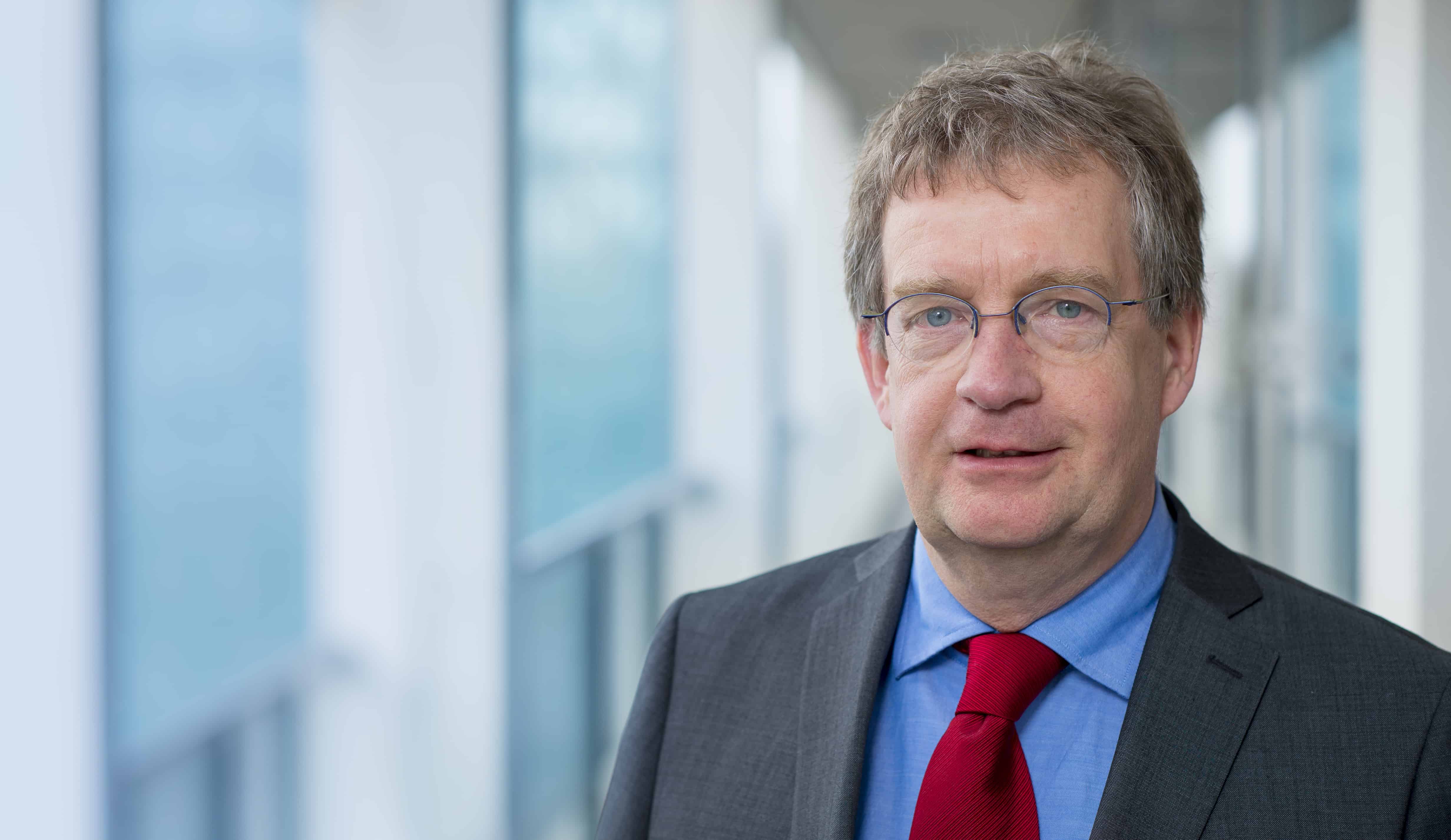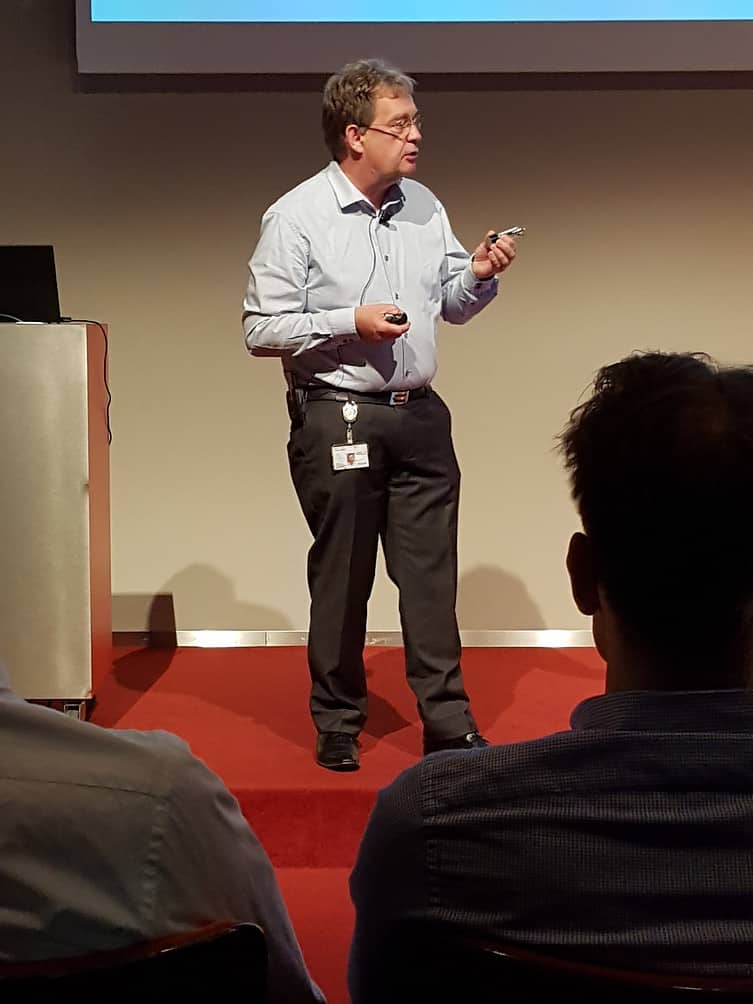
At a time when high-tech companies and governments must hold their ground amid constant disruptions and the need to pursue innovative goals, Ferrie Aalders offers an enlightening – and manageable – perspective. Aalders, whose career spans crucial phases of transformation within Royal Philips, has seen from the inside how large organizations can meet these challenges. We discussed the lessons for industry and government he brought together in the book Cultivating Organizational Excellence – A Practitioner’s View (published by Springer). Today, we will publish part one of this conversation, and tomorrow, we will publish the second part.
The book convincingly demonstrates how excellence is related to an organization equipped to withstand disruptions. Aalders emphasizes the importance of well-connected stakeholders in an organization’s steps to stay ahead.
Why is this important:
As an implementer of organizational change and innovation, Ferrie Aalders has recognized patterns in what happened during his daily work in highly dynamic organizations such as Philips. His experience can help better deal with innovation processes in large organizations.
Success or failure
Trained as a physicist, Aalders’ first contributions to Philips were technical. Still, these gradually expanded to include organizational aspects such as change processes (including mergers and divestitures) and driving excellence in innovation. “Soon after I received my Ph.D. and joined Philips, I learned that new technological approaches and insights did not automatically land in an established, mature, and hitherto successful organization. Embedding the innovations into an overall change approach proved essential to take the organization to the next level. In doing so, I learned that innovation can only thrive if the internal organization and the external context are sufficiently taken into account.”
Aalders says that “bringing people along and inspiring them with the opportunities at hand” is critical to realizing the change agenda. “The mutual interactions between technology, the organization, its people, and the context require a delicate balance. Success or failure depends on how these elements are aligned and integrated.”
Aalders knows what he is talking about. For decades, he was on top of the countless cycles of innovation and restructuring that Philips went through. He witnessed the divestments in semiconductors, TV, and audio, the creation of the High Tech Campus, and the strategic shifts toward open innovation. His work at Philips and his role representing Philips in the European Foundation for Quality Management (EFQM) in Brussels have given him insights into driving innovation and building organizational resilience. Aalders highlights the need for organizations to operate in a way that optimally leverages internal capabilities and resists external disruptions.
Recipe for excellence
He developed the first steps for his theories at EFQM, where he was fortunate to be able to look into the kitchen not only of large companies such as Bosch and BMW but also of various government agencies. The model developed here, while valid, only sometimes provided the concrete tools organizations need to truly transform. “Hence, I put it all together in a book – to make it practically applicable.”

The book thus provides a “recipe” for organizations to improve and take themselves to the next level. This builds on the EFQM model and provides a detailed approach to managing change, dealing with information management, and setting up a broader business management system. “I’m also more concrete about rewarding and recognizing employees. For example, how can you anticipate the disruptions with your bonus system?” Aalders knows, if only from his experience at Philips Research. “There, we experienced this on an ongoing basis. Because that’s how it goes: you agree in advance on an annual program with a bonus for certain goals achieved from that annual plan. But then, after four months, it suddenly turned out that part of a business had been sold. And that was in your plan; how do you deal with that? You can avoid all that if you consider that in advance by making your targets scalable.”
Bringing the organization along
It is one thing to make these kinds of agreements but another to convince the entire organization of their usefulness. How do you prepare employees in such an “excellent organization” for a constantly changing future? Aalders: “Then you come to the point of change management. Different subgroups of your organization must recognize themselves in what is being presented. It already starts with communicating that. But they must also feel that they can contribute to it. And that means that you also must ensure that there is balance in the agenda you put down. For a research organization, you tend to focus very much on the content of the programs. But suppose there’s also a major IT transformation in between, or you’re being merged with another company, and you don’t make that visible in that agenda. In that case, people are prone to think, ‘Hey, obviously, that’s not important’. So, always show the complete picture and provide constant relevant updates throughout the year because everything keeps moving. That way, even if unexpected things happen, you can consider them in your program.”

Cabinet formation
An exciting aspect of Aalders’ vision is his belief that these principles apply to high-tech companies, governments, and other sectors. “I am even convinced that it can help in the cabinet formation. There, an agenda is laid for what we as a country think is important for the next four years and how we as a society will implement that.” He looks thoughtfully ahead for a moment and then says convincingly, “The Dutch Government may need it even more than other sectors, particularly because they are a very poor innovator. This is partly because the government wants to treat every citizen equally. And therefore introduces measures far too generically.”
Recently, Aalders saw one more example: “Minister Rob Jetten sent a letter to the House of Representatives stating that he wants to be able to turn off washing machines behind people’s smart meters if the power grid can’t cope. The need for this is clear, but you’ll never get it accepted this way. So a chamber-wide majority says, guys, we won’t do that. And that immediately kills the initiative and the opportunity to innovate. If, instead, the government says: “We see that the electricity grid is overloaded; we have to find a smarter way of regulating consumption. People can volunteer to join us in a pilot.” Then, we’ll see how we can save power by using that smart meter to do things at a certain time. That way, you can learn how to do that, and it only takes a few months. We see how much we save; we gauge the experiences of those people. And then, we take the next step, with 50,000 households. And six months later, we do half a million. Well, then, you have a very different process. That means you can also introduce changes smoothly, where you immediately see that everyone will screech. Managing change is an essential element in the whole thing. And I have a lot of examples of that with the government, how they get that so woefully wrong. The nitrogen approach and COVID policy are typical examples of that.”
Tomorrow, the second part of the interview with Aalders including: how politics can better deal with disruption, what Lightyear should have done differently, and some striking news from Bhutan.



